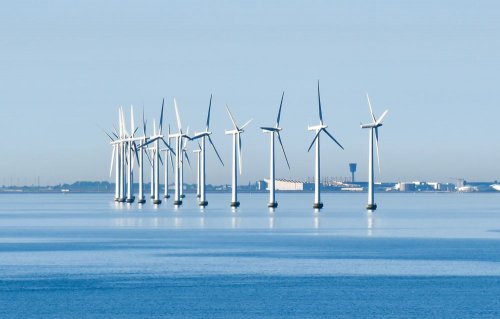Global battery recycling capacity will grow nearly 10-fold from 2021 to 2025 and exceed available scrap supply in 2022, according to consultancy Circular Energy Storage.
The shortage of scrap will continue for the next decade, until the first models of electric cars in large quantities end up in landfills, reports Bloomberg.
The old batteries will eventually start rolling in, but recycling companies will have to survive until then. It is likely that by 2025, recycling facilities may have three times as much space as scrap. The next few years are expected to be difficult for the sector.
Recycling capacity will grow much faster than the supply of battery scrap. Some companies are even considering the possibility supplement their factories with primary material. However, this is a controversial decision, because recycling should become an important and environmentally friendly answer to the limitation of mining of metals such as lithium and cobalt.
There is an urgent need for European automakers to build factories ahead of regulations that will force them to use more recycled materials in their batteries from 2030. However, the industry is collectively building factories too fast.
For recycling, either old, used batteries or waste from battery factories are used.
Many electric cars currently in use will remain in use for years, and even if they are scrapped, the batteries are often sold for reuse. In particular for use in other vehicles or in energy storage systems. According to CES, it can take up to 25 years for old batteries to eventually end up in recycling plants.
Battery makers are also reducing waste in their factories, leaving even less material for recyclers.
A new study by Benchmark Mineral Intelligence has found that in 2025, 78% of available scrap will consist of manufacturing waste, while spent batteries will account for 22%. It will not be until the mid-to-late 2030s that the industry reaches a tipping point, when the volumes of used batteries available to recyclers begin to increase dramatically.
More than 80% of the world's battery recycling capacity is located in China, where the first big wave of scrap will appear.
“In terms of where the scrap is coming from, China is going to be dominating supply,” Benchmark analyst Sarah Colbourn said by phone. “It’s quite an opaque market to understand, but the overwhelming majority of capacity is in China and the volume of scrap available will be higher in China.”
Batteries found in old electronics are another major source of supply, but this will depend on the effectiveness of regulations designed to persuade consumers to clean out their drawers and recycle old gadgets.
In the short term, recyclers will rely heavily on the scrap generated in the battery manufacturing process. But even that feels the pressure. So Circular Energy Storage in August 2022 cut its long-term forecasts for production scrap by more than half to show significant breakthroughs in production efficiency over the past few years.
By 2030, recycling will still account for less than 10% of global supply, but it will grow significantly over the next decade. However, the deficit will still persist due to the rapid growth of the electric vehicle industry.
Earlier, EcoPolitic wrote, that the amount of e-waste is increasing rapidly, which causes a resource crunch, which may end in the next century.
As EcoPolitic previously reported, researchers from Leiden-Delft-Erasmus University, the Netherlands, argue that the focus of the EU's energy transition should be transition from fossil fuels to critical metals.





